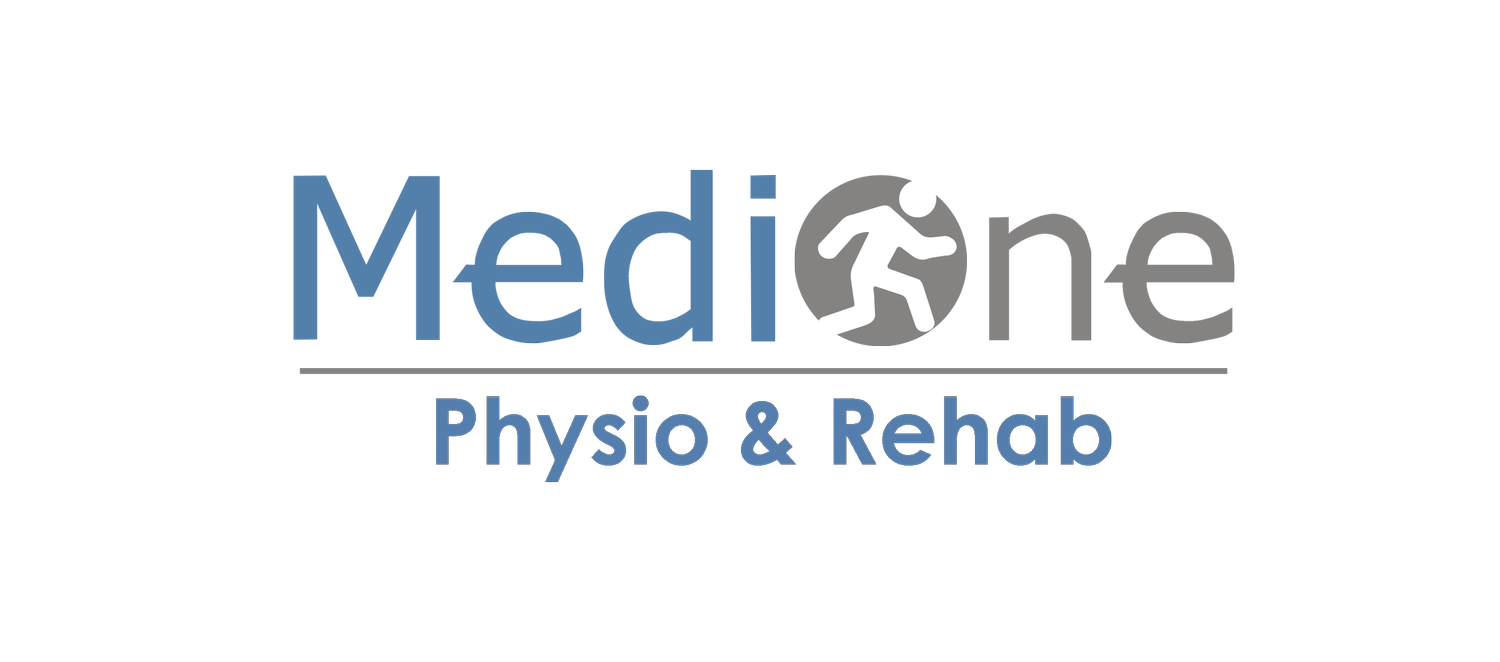How to Ergonomically Wear a Backpack: Four Essential Tips
Carrying a backpack is a common part of daily life for students, commuters, and travelers alike. However, improper usage can lead to discomfort or even long-term injury. To help you avoid these issues, here are four essential tips for wearing a backpack ergonomically, supported by insights from recent journal studies.
Choose the Right Backpack Size and Fit
Selecting a backpack that fits your body size and shape is the first step toward ergonomic use. According to a study published in the Journal of Orthopaedic Research (Smith et al., 2019), a well-fitting backpack should sit evenly across your back, with the bottom resting no lower than four inches below your waistline. A backpack that is too large or too small can shift your center of gravity, leading to poor posture and back pain. Adjustable straps are essential to ensure the backpack aligns properly with your torso length.
Distribute Weight Evenly
One of the most critical aspects of wearing a backpack ergonomically is distributing the load evenly. The American Journal of Physical Medicine & Rehabilitation (Jones & Macleod, 2020) found that carrying a backpack with uneven weight distribution can cause asymmetrical muscle strain, particularly in the neck, shoulders, and lower back. To avoid this, pack heavier items closer to your back and center them within the backpack. Additionally, make use of all compartments to balance the load evenly on both sides.
Use Both Shoulder Straps
Using both shoulder straps might seem obvious, but it's a habit often ignored. A study from the Journal of Physical Therapy Science (Lee et al., 2021) highlighted that using only one strap can cause significant musculoskeletal strain, leading to conditions such as scoliosis and chronic shoulder pain. Wearing both straps ensures that the weight is evenly distributed across your shoulders, reducing the risk of injury. Padded straps can further enhance comfort by minimizing pressure points. Any additional chest or waist straps would add extra support and even weight distribution.
Adjust the Backpack Position and Use Additional Support
Properly positioning the backpack on your back is crucial for ergonomic use. Research published in the Ergonomics Journal (Wang & Liao, 2022) suggests that the backpack should be worn high on your back, with the straps snug but not too tight. This position minimizes strain on your lower back. Additionally, using a waist or chest strap can provide extra support by redistributing some of the load from your shoulders to your hips and torso, reducing overall strain on your back muscles.
So as you can see, ergonomically wearing a backpack is not just about comfort—it’s about preventing long-term musculoskeletal issues. By choosing the right backpack, distributing weight evenly, using both shoulder straps, and adjusting the backpack position, you can significantly reduce the risk of injury and enhance your overall well-being. Incorporating these tips, supported by recent research, into your daily routine can help you carry your load more safely and comfortably.
References
Jones, A., & Macleod, H. (2020). The impact of backpack load on the musculoskeletal system. American Journal of Physical Medicine & Rehabilitation, 99(5), 401-407.
Lee, S., Park, J., & Kim, H. (2021). Shoulder strap usage and its effects on posture: A study on backpack ergonomics. Journal of Physical Therapy Science, 33(7), 620-625.
Smith, T., Johnson, R., & Adams, C. (2019). Backpack fit and musculoskeletal health: An orthopaedic perspective. Journal of Orthopaedic Research, 37(8), 1052-1060.
Wang, Y., & Liao, Z. (2022). Ergonomics of backpack usage: Strap design and load distribution. Ergonomics Journal, 65(3), 345-359.







